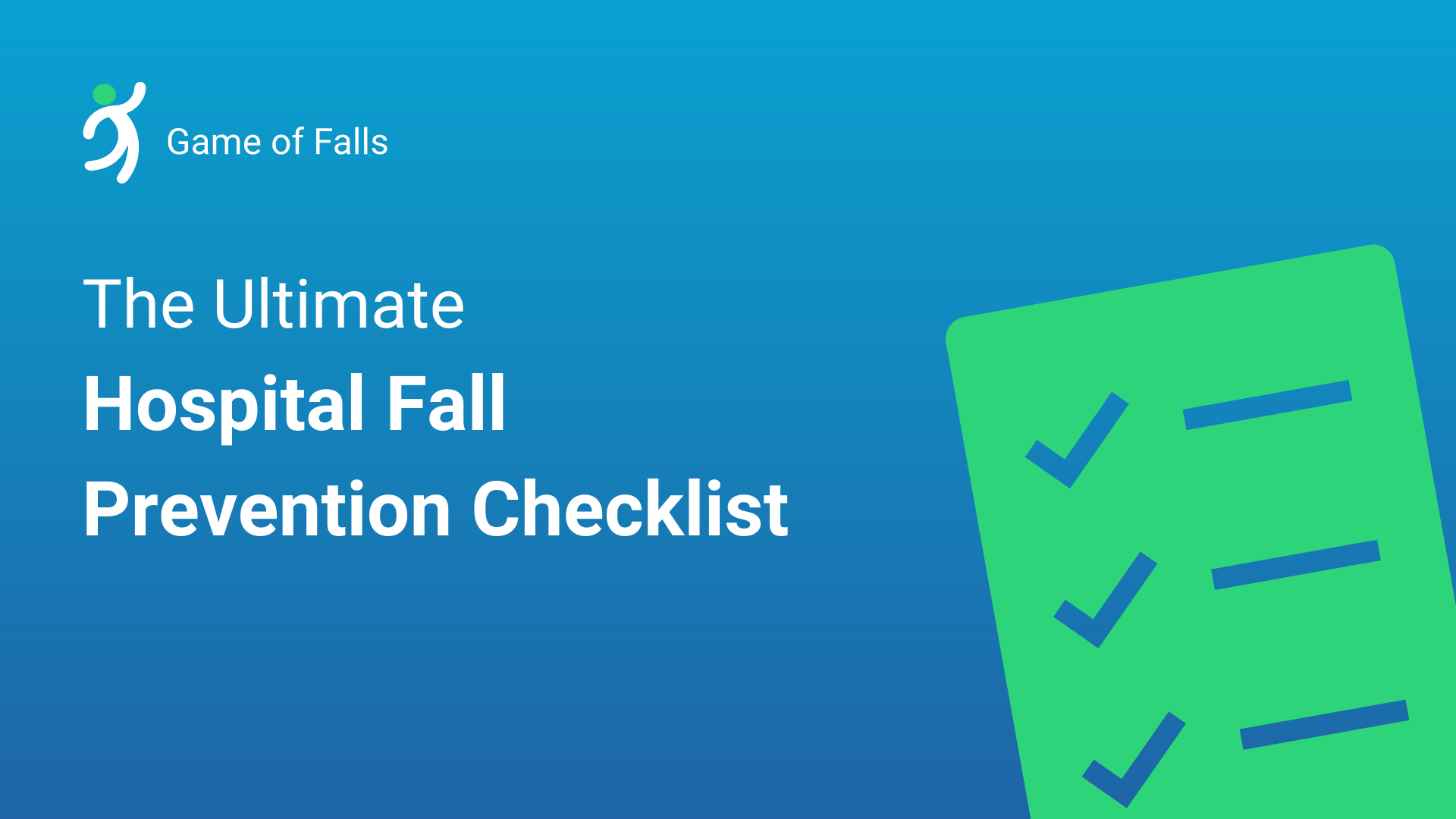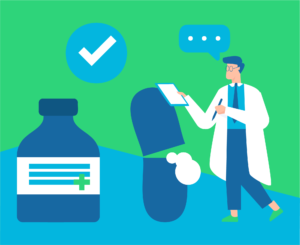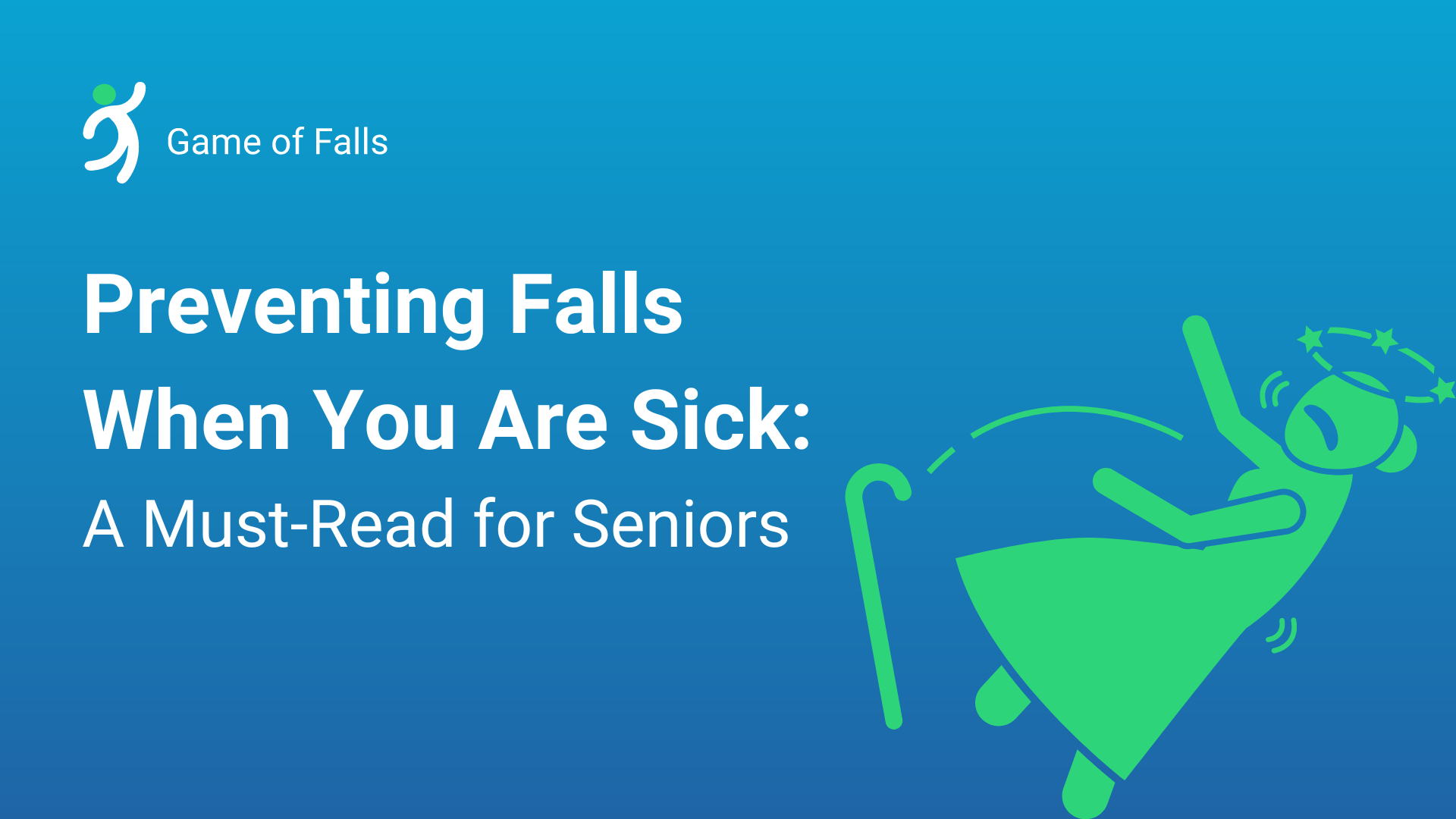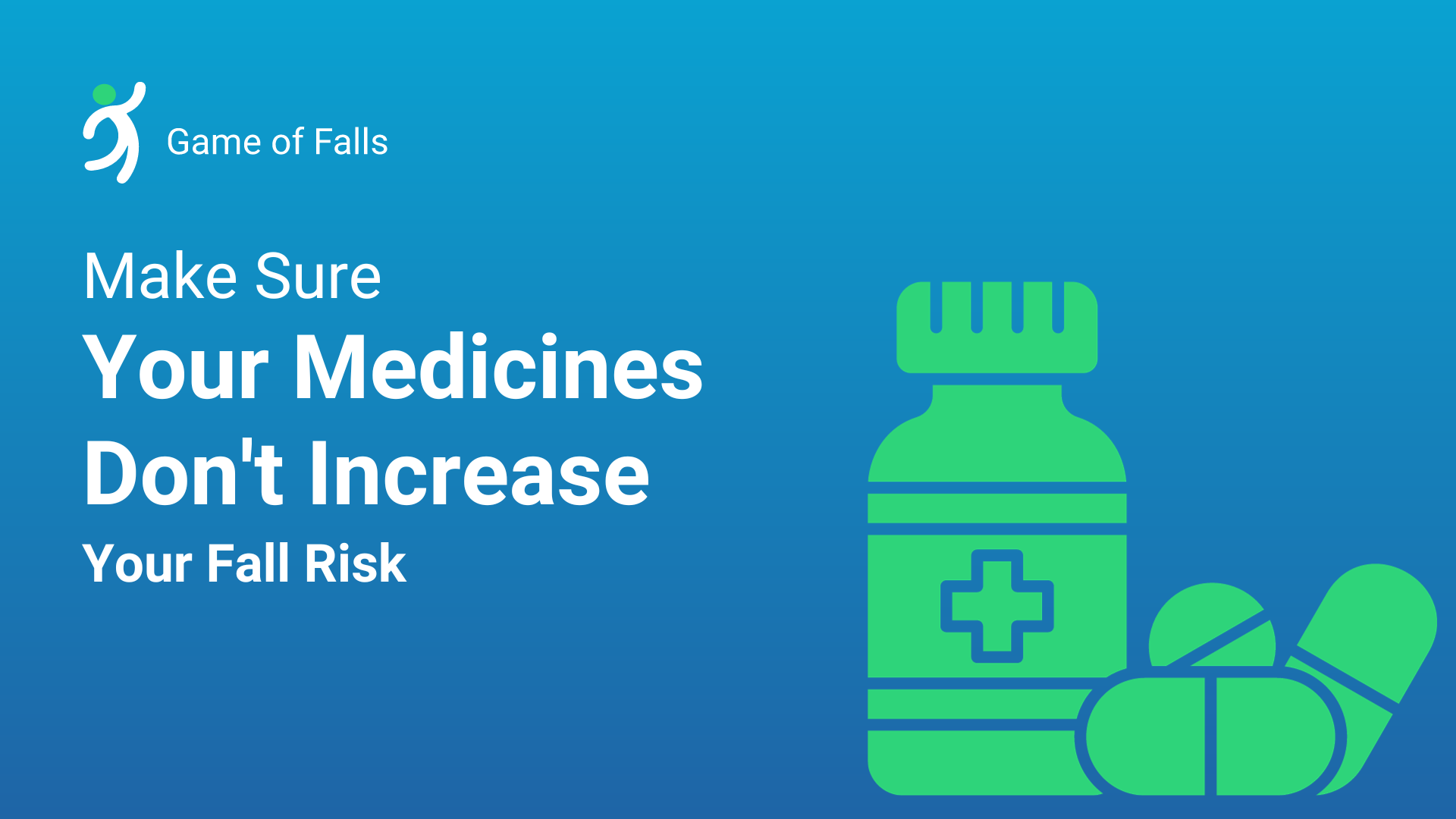
Falls can be dangerous, especially in hospitals, where patients are often at a higher risk due to their condition, age, or medication. It’s essential to have a fall prevention plan in place to minimize the risk of falls and injuries. In this article, we’ll go over the ultimate hospital fall prevention checklist to help you ensure that your hospital has a comprehensive plan in place.
Assessing the Risk of Falls
The first step in preventing falls is to assess the risk of falls. Every patient should be assessed for their risk of falls upon admission to the hospital, and the risk should be re-assessed regularly. The risk assessment should take into account various factors, such as age, mobility, medication, and cognitive impairment.
Hospital Fall Prevention Checklist
Based on the risk assessment, a fall prevention plan should be created for each patient. The plan should be individualized and take into account the patient’s specific risk factors. The plan should include measures to prevent falls, such as bed rails, non-skid socks, and frequent rounding by nursing staff.
Educating Staff and Patients
All hospital staff, including nursing staff, physicians, and therapists, should be educated on fall prevention measures and the importance of fall prevention. Patients and their families should also be educated on the risks of falls and how to prevent them. This education should include information on the patient’s specific risk factors and fall prevention plan.
Encouraging Mobility
Encouraging mobility can help prevent falls by improving strength, balance, and coordination. Patients should be encouraged to move around as much as possible, with assistance if needed. Physical therapy and occupational therapy should also be utilized to improve mobility and reduce the risk of falls.
Medication Review

Medication review is an essential component of fall prevention, as certain medications can increase the risk of falls. Medications that can cause dizziness or confusion, such as sedatives or opioids, should be used cautiously or avoided altogether. A pharmacist should be consulted for medication review, and alternative medications should be considered if possible.
Environment Assessment
The hospital environment should be assessed for potential fall hazards, such as wet floors, dim lighting, and loose rugs. These hazards should be addressed promptly, and the hospital environment should be modified as necessary to reduce the risk of falls.
Use of Alarms and Monitoring Devices

Alarms and monitoring devices can be used to alert staff if a patient attempts to get out of bed or move around without assistance. These devices can be particularly useful for patients at high risk of falls. However, alarms and monitoring devices should not be used as a substitute for frequent rounding and staff observation.
Reporting and Investigating Falls
All falls should be reported and investigated promptly to identify the cause of the fall and take appropriate measures to prevent future falls. The investigation should include a review of the patient’s fall prevention plan, environment assessment, and staff education on fall prevention measures.
Continuous Quality Improvement
Continuous quality improvement is crucial to ensure that the fall prevention plan is effective and up-to-date. The hospital should regularly review and modify the fall prevention plan as needed, based on new evidence or feedback from staff and patients.
Patient and Family Engagement
Patient and family engagement can be a valuable tool in fall prevention. Patients and families should be encouraged to participate in the fall prevention plan, provide feedback on the plan’s effectiveness, and report any concerns or incidents promptly.
Conclusion
Falls are a serious concern for hospitals, particularly for elderly patients. A comprehensive hospital fall prevention program can help reduce the risk of falls and improve patient safety. Key elements of a fall prevention program include patient assessment, patient and staff education, environmental modifications, and medication management. By implementing these strategies, hospitals can help ensure that their patients remain safe and avoid fall-related injuries.
Try gameoffalls an interactive game that prevents elderly falls
As flu season turns up the dial, one question often comes to mind: Why does the flu hit older adults so hard? It’s a perfect storm where senior flu prevention becomes key since their natural aging nudges immune systems into a less active state, amplifying the impact of flu symptoms. For caregivers, ensuring flu season […]
Confidence is a crucial ingredient in living a fulfilling and independent life, especially for seniors. So, what happens when an event like a fall shakes the very foundation of a person’s confidence, particularly in the elderly? After a fall, it’s natural for seniors to feel vulnerable and apprehensive about engaging in their everyday activities. Fear […]
Have you considered that growing older might mean getting better, so long as you nurture the one body you’ve been given? Staying active is a dynamic part of aging, and a key aspect of that is utilizing preventive health screenings to catch problems early. The good news is that Medicare and most health plans cover […]
Did you know that the medicines meant to ensure your health could also increase your chances of a fall? It’s a startling thought, but true for many older adults. As we age, we often become, rather ironically, a walking pharmacy. With every pill we swallow to keep our health conditions in check, there lies an […]





